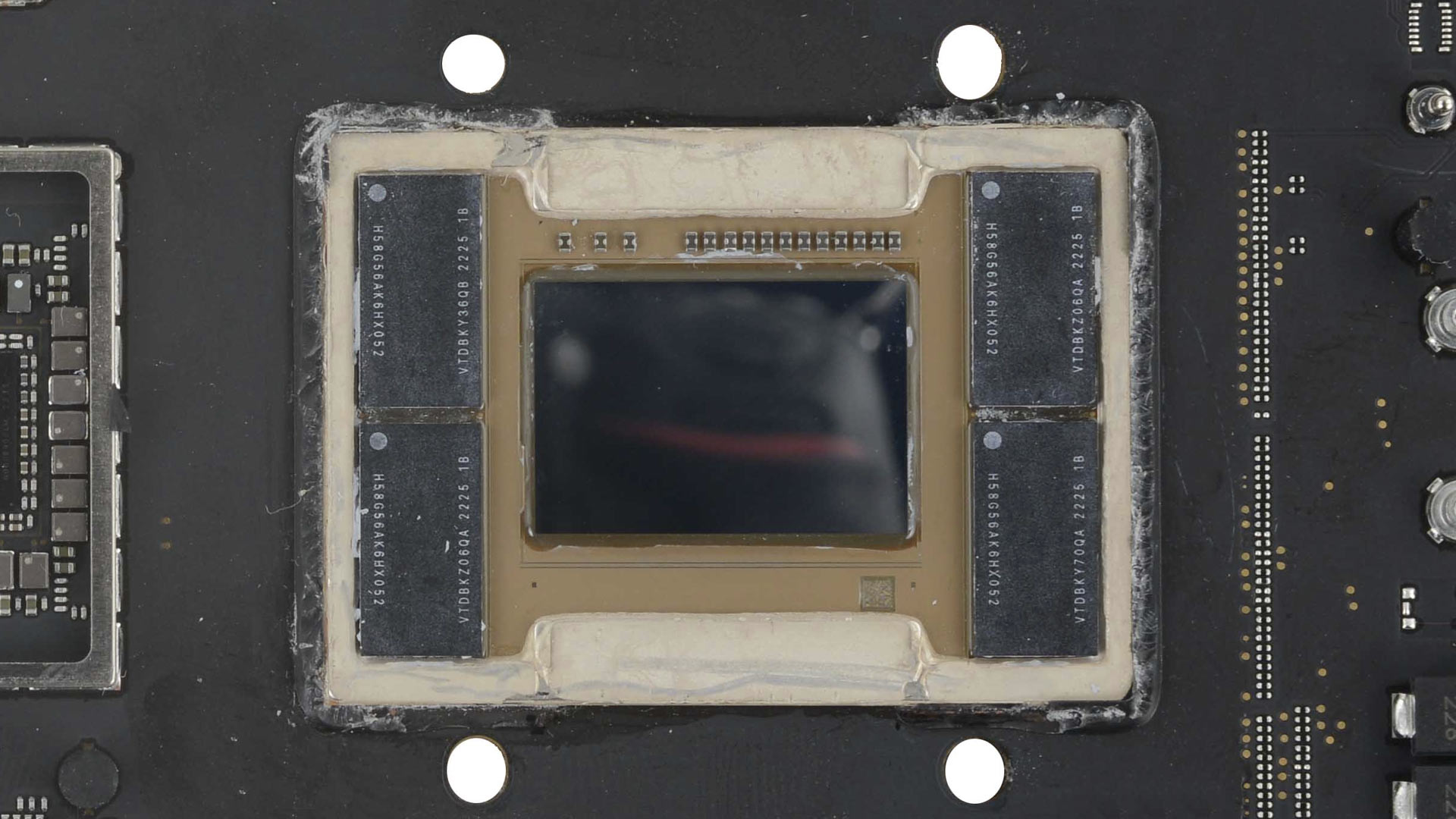
Apple 14-Inch MacBook Pro M2 Teardown Reveals Big Changes Due to Substrate Pricing
Apple’s bean counters surely form one of the most powerful forces within the organization, despite much of the company’s high-profile success being tied to design. A case in point is provided by one of Apple’s leading new consumer products, the 2023 14-inch MacBook Pro, which has had its design significantly steered by pricing fluctuations in the materials and components markets.
iFixIt recently tore down one of the laptops, and was surprised at the change in SoC size, cooler size, and NAND performance. Chief Analyst at SemiAnalysis, Dylan Patel, was conscripted to shine a light on these changes and provide an explanation.
Why Is the Heatsink Smaller?
Opening up the new 2023 14-inch MacBook Pro M2 for the first time, the iFixIt team had expected the cooling solution to be beefed-up and bolstered compared to the previous M1 Pro version. After all, the M2 Pro inside this laptop was trumpeted as packing 40 billion transistors (opens in new tab) — nearly 20 percent more than M1 Pro, and double the amount in M2. It was also claimed to provide 200GB/s of unified memory bandwidth — twice that of M2. More usefully, compared to the direct previous-gen predecessor, the M2 Pro was claimed by Apple to have a CPU that’s about 20% faster and a GPU up to 30% faster.

So, the heatsink / cooling assembly being immediately noticeably smaller was quite a surprise for the tech disassembly experts. Then, when iFixIt deshielded the M2 Pro, they immediately saw the new SoC was much smaller, with the main reason being the new onboard RAM configuration.

In the picture above, you can see the new SoC to the right. Patel explained that Apple instigated this change when the ABF substrates were in very short supply, so optimizing to this design constraint was highly pragmatic. The way Apple chose to do this is by changing from the dual-8GB LPDDR5 RAM configuration to quad-4GB LPDDR5 RAM chips.
NAND Supply Pinches Performance
We reported on the unfortunate impact of Apple’s NAND configuration choices for the entry-level 2023 14-inch MacBook Pro (M2 Pro, 512GB) last week. The reason for the tangible speed downgrade, in brief, is that the 512GB is split over two 256GB modules, rather than four 128GB modules, cutting the bandwidth to the controller. Patel asserts that 128GB modules are increasingly in short supply as NAND makers shift production to higher capacities, so using the larger capacity modules is much more economical. It’s a shame that Apple didn’t just give entry-level users more storage, but the company has always been conservative with storage, offering high-priced upgrades.

